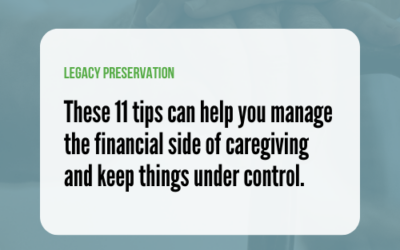Tax Planning
Section 1031 Rules
Do you own business or investment property that has gone up in value? Would you like to acquire new property? If you sell the old property, you’ll have to pay tax on your profits. Don’t do that. Instead, do a tax-deferred Section 1031 transaction.
With a properly constructed Section 1031 transaction, you
- sell your old property,
- buy the replacement property, and
- pay no taxes.
First, to make this strategy work for you, your first step is to engage a Section 1031 intermediary. Second, you need to buy a replacement property of equal or greater value than the property you sell. (Although, it is possible to do this in reverse. Meaning, you could acquire a new property. Then, sell your old one.)
You may have noted that I left out the word “exchange” when introducing Section 1031. I did that on purpose, because to exchange means to trade. In the Section 1031 exchanges I’m familiar with, it’s never a swap of properties. Instead, it’s a sale and purchase using the Section 1031 rules to defer the taxes.
The Section 1031 exchange rules are complex and include strict deadlines for identifying and acquiring the property involved. To do this right, you need a qualified intermediary, which can be a bank, a lawyer, or a Section 1031 company.
In the past, Section 1031 allowed both personal property and real property exchanges. Unfortunately, The Tax Cuts and Jobs Act eliminated personal property exchanges, such as trading in your vehicle for a replacement. But real property exchanges remain. The 1031 is a true tax-saving machines and, the new IRS regs make it clear that a Section 1031 transaction does not get in the way of cost segregation—a method used to speed up depreciation on real property.
It’s a good life!
You May Also Like…
EP 0012. The Three Generations of Annuities
The Financial Independence Now Podcast Hosted by Randy LuebkeIn Episode 12 of the Financial Independence Now podcast,...
11 Financial Tips to Make Caregiving Easier
Tax Planning Caregivers generally tend to their elderly/ disabled family members as a labor of love, but it can also...
EP 0011. Budgeting for Dummies
The Financial Independence Now Podcast Hosted by Randy LuebkeIn this episode of Financial Independence Now, host Randy...





